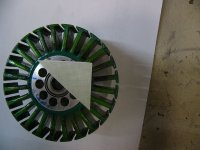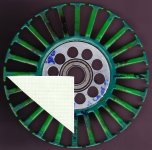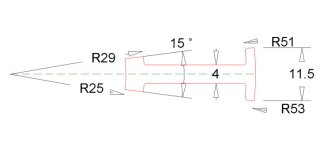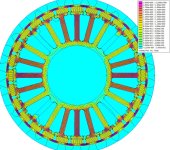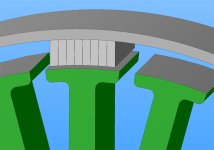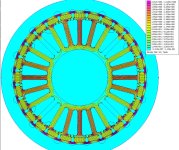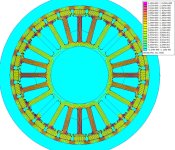briangv99
1 kW
toolman2 said:so, i had splinteroz and zappy over and ran up some motors on a test rig that measures exact NM and rpm of the motor whilst its being driven via chain an sprockets by a 3hp lathe, the motor being tested needs no electrical connections at all and i believe we are now measuring the very lowest no load losses you could ever hope to achieve with a controller running it (prolly cant ever quite get there, but it gives something to aim for) we even tested a motor with and without windings to find the eddy current losses from the copper alone.
it got a bit wild at 10krpm for the big outrunners so it was handy to have a few of us (all using the safety squint) to quickly get the data before stuff went wrong, and eventually the limit was that the lathe only had 3hp..
one thing that caught our interest is that (with the old ca120) the magnets got clearly hotter than anything else, and it was of their own accord not just heat passing on from what was evidently a cooler stator.heres some results, and yes the new ca120 is crap cos it has .5mm lams and its just clearly lower quality allover. comments welcome.
Damn, shame I missed the testing session. Some very interesting results. Disappointing my new CA120 is such pile of crap, though should be OK at the lower end on the performance spectrum, around 3000 rpm max should be fine.



